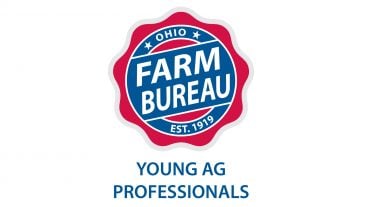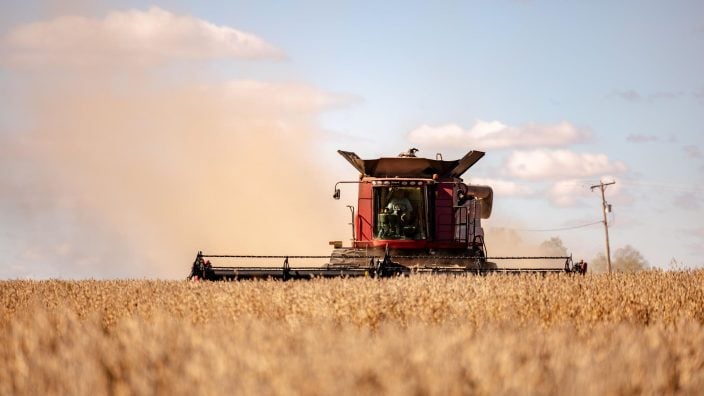Applications for Ohio Farm Bureau Health Plans now available
Members have three ways to apply: contacting a certified agent, calling 833-468-4280 or visiting ohiofarmbureauhealthplans.org.
Read MoreThe Coronavirus Aid, Relief and Economic Security Act, or CARES Act legislation, that passed the Senate earlier this week was also passed by the House of Representatives and signed by President Trump on Friday. The $2.2 trillion aid package includes a number of important provisions to help workers, families, employers and health professionals during this crisis.
As a whole and not specific to only agriculture, the largest stimulus package in modern America:
There is $23.5 billion in aid directly allocated for America’s farmers. Of that, $9.5 billion is allocated specifically for specialty crops, producers who supply local food systems and farmers markets, restaurants and schools, livestock producers, i.e., cattlemen and women, and dairy farmers.
“This bill recognizes that there are serious economic issues for all sectors of agriculture, from those who grow crops on a large scale to those who sell their products directly to consumers and everyone in between,” said Jack Irvin, senior director of state and national policy with Ohio Farm Bureau. “As determinations are made at USDA as to how these programs will be implemented, Farm Bureau will be in the trenches to provide input that will bring some certainty and hope for everyone involved in America’s food system.”
American Farm Bureau has more analysis about how the country’s agriculture sector will benefit from the CARES Act.


Members have three ways to apply: contacting a certified agent, calling 833-468-4280 or visiting ohiofarmbureauhealthplans.org.
Read More

For Ohio and PJM region, the outlook is reassuring—ample reserves and strong planning should keep the power on.
Read More

The average price for a classic holiday feast for 10 in Ohio will cost $55.87.
Read More

Meet the four new members of Ohio Farm Bureau’s Young Ag Professionals State Committee.
Read More

HB 10 ensures transparency around how imitation meat is labeled, along with restoring needed flexibility around the application of crop protection tools.
Read More

FBi Buildings has been delivering exceptional post-frame construction solutions for 65+ years, earning the trust of satisfied customers throughout the Midwest.
Read More

Ohio BWC industrial hygienists, safety consultants, and ergonomists can visit your farm, help spot risks, and suggest improvements that make a real difference.
Read More

Nationwide’s Grain Bin Safety campaign expands its reach, delivering grain rescue tubes and training to 62 fire departments in 2025.
Read More

Urge President Trump and Congress to act before the end of 2025 to provide immediate relief and long-term stability for America’s farmers and ranchers.
Read More

Meet Marion County Farm Bureau member Clayton Lust, a third-generation grain farmer and Beck’s Hybrids dealer, and Kelsey Bezdek, a first-generation livestock farmer and Lake County Farm Bureau member.
Read More